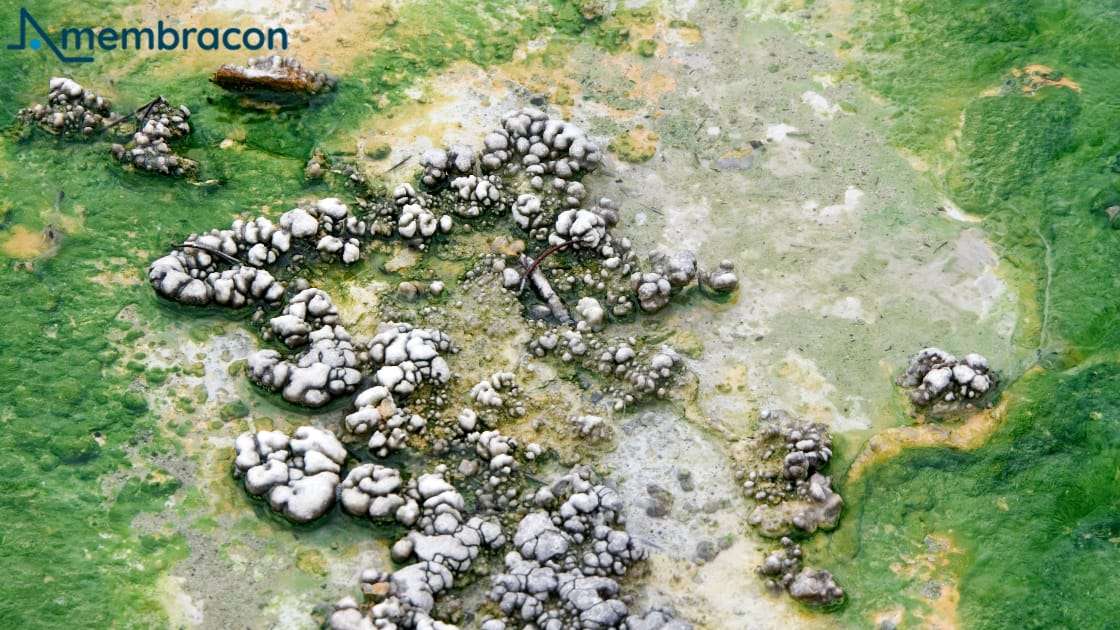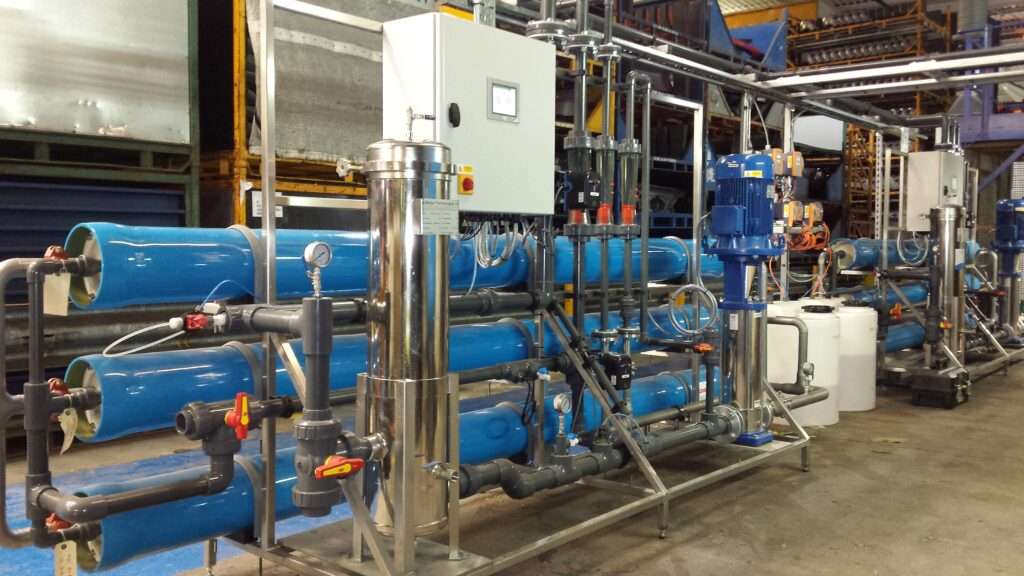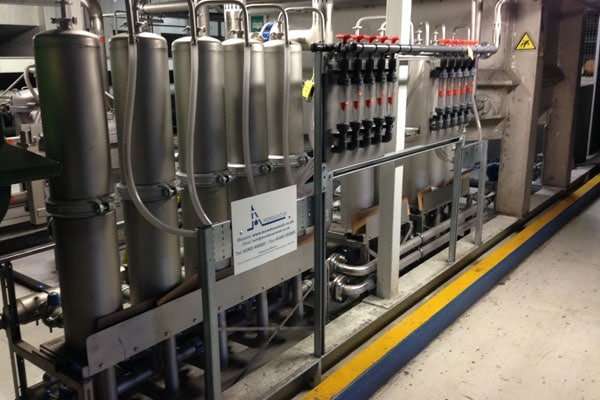
What is Sludge, and How is it treated?
Sludge is a by-product of the wastewater treatment process, consisting of organic and inorganic solids suspended in water.
Sludge treatment entails various processes and techniques depending on the sludge’s source and existing contamination levels. Common treatments include aerobic digestion, chemical precipitation, and filtration.
The fundamental challenge of treating sludge is its multiple compounds, including bacteria, phosphorous, nitrogen-containing compounds, and inorganic elements.
Treatment requires separating or destroying these compounds to make them processable or reusable in other applications.
The sludge problem
Sludge poses numerous environmental problems if not properly managed and treated because it contains hazardous contaminants, including viruses and bacteria, heavy metals, chemicals, and inorganics that never break down.
The problem with sludge is that if it goes untreated, it istypicallyburied or poured into waterways, contaminating the environment.
Perhaps the most significant risk of sludge is eutrophication, where an excess of nutrients like nitrogen and phosphorus leak into waterways and cause algal blooms, provoking oxygen depletion and, consequently, the death of aquatic organisms.
To reduce health and environmental risks, wastewater andsewage facilities must use appropriate treatments to properly process and dispose of sludge, whether they be dewatering and mixing it with sawdust (composting) or purification (filtration) steps to remove valuable compounds like phosphorous for reuse.
How sludge is treated
Depending on the source, composition, and desired nutrient/compound extraction, sludge is treated in multiple steps.
Sludge treatment processes include:
- Biological treatment processes, such as activated sludge and anaerobic digestion, can reduce the number of solids and organic matter in sludge.
- Physical treatment processes, such as centrifuges, filters, fine screening, and grit chambers, can reduce suspended solids, optimise particle size, and increase sludge settling, making it easier to treat.
- Chemical treatments, such as disinfection using chlorine or other methods, can reduce pathogen concentrations in sludge.
- Thermal treatment processes, such as hydrolysis and pasteurisation, can reduce the time and energy required for sludge treatment.
- Advanced oxidation processes, such as ozonation and photocatalysis, can reduce dissolved organic carbon, nitrogen, and phosphorous levels in sludge.


However, most sludge is traditionally treated in two steps: thickening and digestion.
The thickening process isolates solids and reduces waste volume, enabling easier manipulation and transport. Thickening is achieved with settling, flotation, or centrifugation using large holding tanks or vats.
Digestion removes biodegradable organic compounds, including viruses and bacteria, to produce a leaner sludge. Digestion techniques include anaerobic, aerobic, and thermophilic, depending on the type of sludge.
Each digestion step decomposes the organic material with the help of different enzymes and microorganisms, ultimately reducing the number of harmful contaminants.
Following thickening and digestion, the sludge is conveyed to the dewatering stage, evaporating to less than 20% solids content. The dewatered sludge is used in soils as a fertiliser or transported and recycled for industrial use.
Water extracted from sludge and effluent is also treatable with reverse osmosis and ultrafiltration, rendering it pathogen-free and suitable for reuse in industrial processes.
Summing up
Sludge is a by-product of wastewater treatment containing high levels of hazardous contaminants and posing significant environmental and health risks, making treatment a critical part of wastewater management.
Some processes, such as anaerobic digestion and dewatering, can reduce sludge volume and remove hazardous materials. You can also recover nutrients and chemicals from sludge with filtration downstream of wastewater treatment systems.
For help with sludge treatment, you can speak to our experts.
